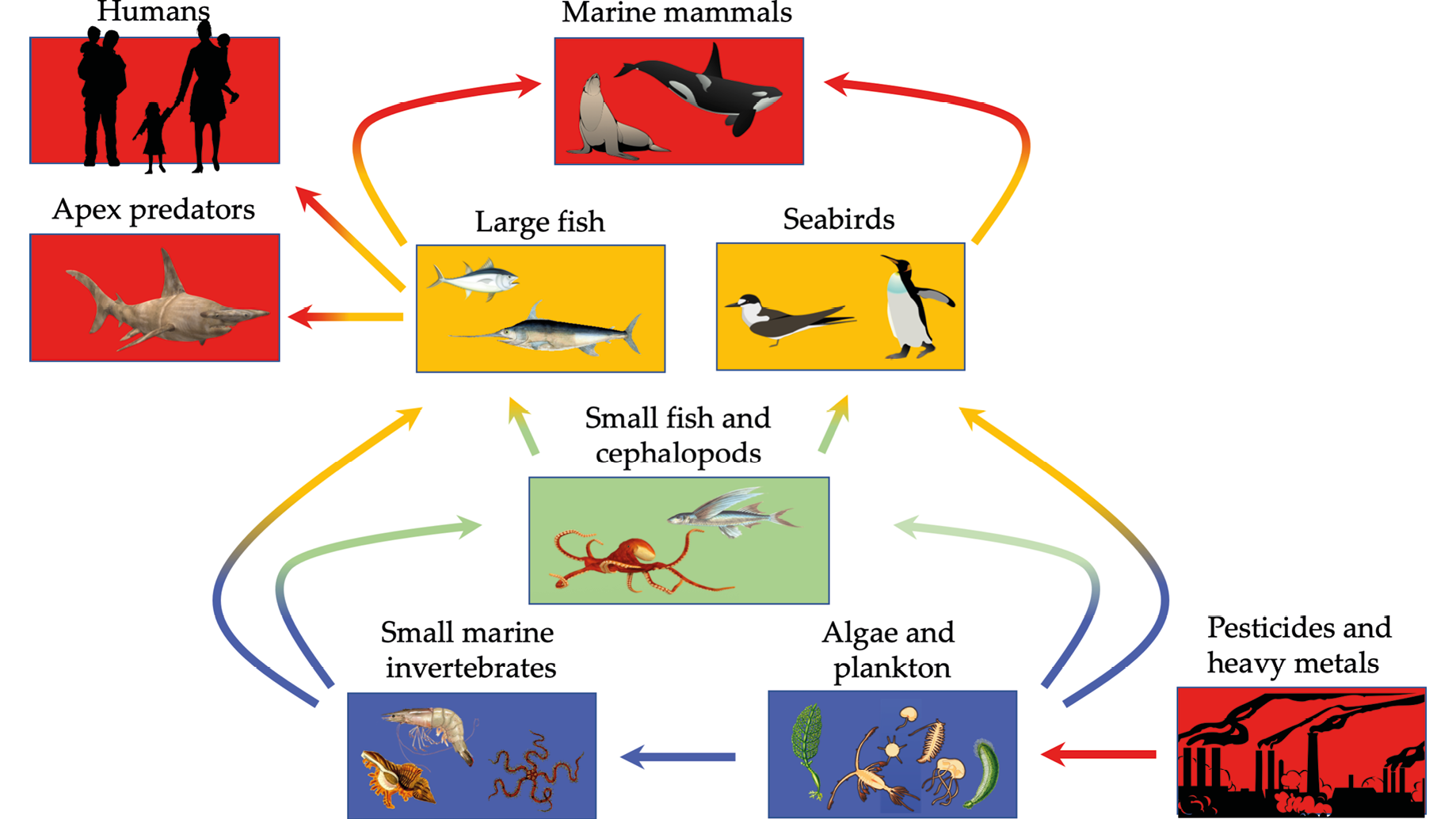Droughts could cause collapse of food webs Biology Diagrams Animals may endure three-year droughts nearly seven times more oftenFORT COLLINS, Colo., December 11, 2024 — People around the world are dealing with drought, so it's not shocking that it affects wildlife, too. Lack of moisture contributes to habitat loss, affects how animals compete for resources, and leads to dehydration and heat stress. The surprising part? The extreme degree to which Drought is not just about individual animal survival; it can trigger widespread ecological consequences. The loss of plant growth, increased risk of fire, and changes in nutrient cycling can create an extensive web of ecological issues, leading to local species extinctions. It is a chain of effects that can seriously impact the whole ecosystem. According to this hypothesis, drought-tolerant species would were historically favored in a drought-prone region due to selective pressure, and greater species diversity increase the probability of finding species well adapted to drought conditions [20, 21]. These compensatory effects among species forest ecosystems against large decreases in

Efforts like the creation of artificial waterholes, wildlife corridors, and emergency feeding programs have been implemented in various regions to support animals affected by drought. Additionally, long-term strategies, such as promoting biodiversity and ecosystem resilience, can help prevent severe impacts from future droughts. Effects on Wildlife. Wildlife populations face significant challenges during drought conditions: Food Scarcity. As plant life declines due to drought: Herbivore Populations May Decline: Animals that rely on vegetation for food will face increased competition for limited resources. This can lead to malnutrition or starvation among herbivores.

Impacts of Drought on Wildlife Biology Diagrams
In this discussion, we will explore the reasons why drought affects these creatures, unraveling the intricate web of interdependencies that exist within their habitats. From changes in habitat availability to decreased food sources, migration, and displacement to the scarcity of water and its impact on survival, we will delve into the

The details of climate change effects on wildlife are given below. Drought causes food scarcity, larval mortality, and extreme weather conditions. Reptiles are key animals of the food chain and food web that balance the population of small animals, such as insects, rodents, birds, and small mammal, and serve as food for other predator Plants and animals undergo certain life cycle events every year, such as breeding or flowering. Known as phenology, these events are very sensitive to changes in climate. Changes in plant phenology can have cascading effects that impact the herbivore species that depend on the affected plants for food, such as elk, moose, and deer. Therefore, characterizing long term vegetation cycles can provide
